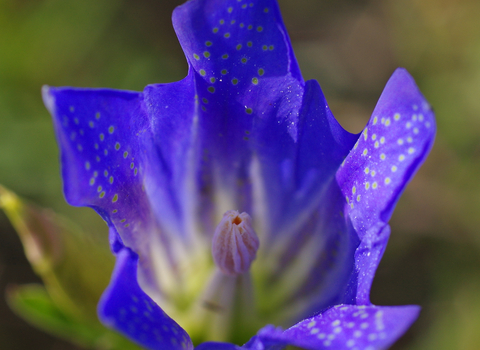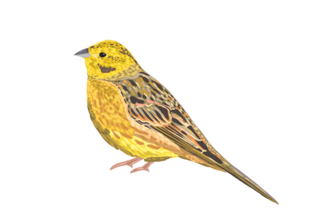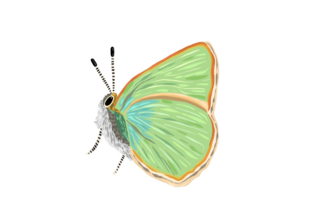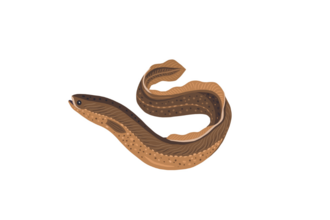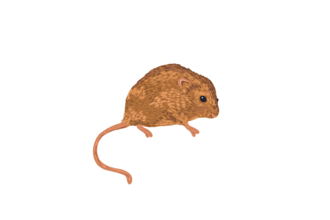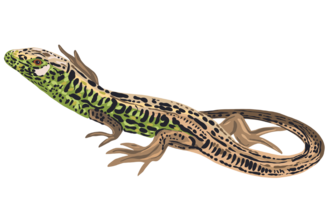The unusually rich diversity of animal life we enjoy in Surrey depends on one thing above all others – an equally rich and healthy abundance of plant life.
©MWaite
Every plant species provides food, shelter, and a place to reproduce for many other life forms, with some – such as Common Gorse and Blackthorn – having a major role in sustaining individual species, in this case Dartford Warblers (for essential shelter) and Brown Hairstreak butterflies respectively, almost single-handedly. On some of Surrey’s most impressive heathland habitats, we have Marsh Gentian.
Gentiana pneumonanthe is an exceedingly rare species in Surrey, specially adapted for life in acidic bogs and wet heathlands – despite its name, any old marsh won’t do. A perennial herb often reaching up to 30cm tall, you can see its deep violet blue flowers, internally studded with tiny green dots, splendidly offset by dark shiny green leaves standing out in spectacular fashion against the pinks and purples of the heaths from July to September.
Marsh Gentian has also been dubbed the "closed gentian" because its flowers remain closed in overcast weather, only fully opening in bright sunlight. Thanks to its anti-inflammatory and antioxidant properties, Marsh Gentian was used in traditional medicine to treat lung diseases, stomach and liver problems, fever, and wounds. Some people believed that carrying a piece of the plant could ward off evil spirits!
Why it matters
For many, wildflowers may not have the immediate charismatic appeal of some of our furry or feathered wildlife, but they too hold incredible beauty and scientific interest in their own right. The Marsh Gentian is a standout species in both regards, with its trumpet-shaped flowers providing great value to pollinators including bees, beetles, moths and butterflies.
Perhaps most importantly, lowland mires and wet heathlands are hugely interesting and important but increasingly threatened habitats in the UK, and the presence of this sensitive plant is a vital indicator that we are getting the management of these places right. Terrain which supports this flagship species will also host abundant invertebrate, reptile, and bird life as well as other plants such as Round-leaved Sundew, Cross-leaved Heath (which provides vital shelter for Marsh Gentian) and Sphagnum mosses. It also provides as important service to the planet by holding carbon in the ground.
How we're helping
Across more than a dozen heathland reserves, Surrey Wildlife Trust and its supporters carry out extensive work by hand and through our conservation grazing operation to clear scrub, create the right mix of sward and maintain hollows, which fill with water or remain damp year-round. As we fight to mitigate the effects of climate change, we are working to restore wetlands and bogs in places like Chobham Common and Barossa Nature Reserve, including by looking at how best to divert or dam existing small watercourses where the topography and soil chemistry might suit this kind of land management. At some point, we might even consider introducing a certain large aquatic rodent well-known for its landscape design skills on some sites…
Our ambition goes beyond simply managing and creating habitats, however. Our long-term aim is to physically re-connect more of Surrey’s heathlands and to manage these places with nature in the forefront. Thus reducing the impacts of pollution and encroachment by developers, to enable plants and animals to extend their ranges and survive localised threats like wildfires, while giving people better access to unspoilt wild spaces with all the benefits for physical and mental health that entails.
By giving whatever you can afford to help us raise £1 million to Save Surrey’s Nature, you’ll help plants and animals of all hues flourish, making our county a healthier, more beautiful and more resilient place to live. Find out more and donate HERE
Other species in need
The decline of species like the Nightingale, Yellowhammer, and European Eel is not just a concern – it’s a call to action. These iconic creatures, along with others like the Harvest Mouse and hairstreak butterflies, need our help to thrive once again in their natural habitats. To find out more about each of these species and how we're helping them, click below.

